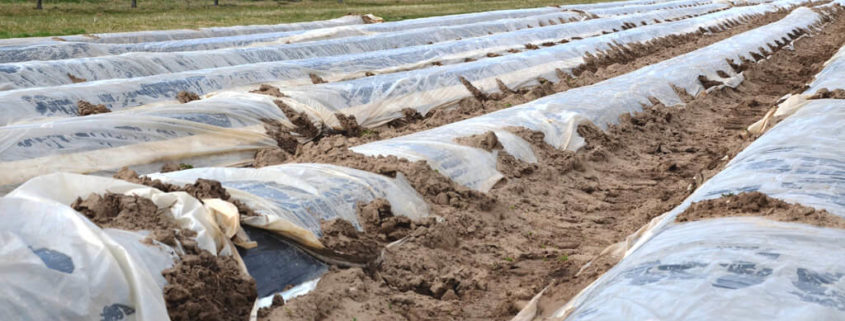Review on microplastics in the environment
In the recently published review, information on sources (with a specific focus on personal care products) and fate of microplastic particles in the aquatic and terrestrial environment, and on their uptake and effects, mainly in aquatic organisms, is evaluated.
Microplastics in the environment originate from a variety of sources. First estimates indicate that abrasion and fragmentation of larger plastic items and materials containing synthetic polymers are likely to be most relevant. Microplastics are ingested and, in most cases, excreted rapidly by numerous aquatic organisms. In laboratory studies, ingestion of large amounts of microplastics mainly led to a lower food uptake, reduced energy reserves and associated effects on other physiological functions. Microplastic concentrations measured in seawater and subtidal sediments are, still, clearly lower than concentrations shown to affect marine organisms in laboratory tests. Yet, very high microplastic concentrations measured in coastal sediment are of considerable concern. Prior to being able to comprehensively assess possible environmental risks caused by microplastics a number of knowledge gaps need to be filled. However, in view of the persistence of microplastics in the environment, the high concentrations measured at some sites and the prospective of strongly increasing concentrations, the release of plastics into the environment should be reduced in a broad and global effort regardless of a proof of an environmental risk.
For further information, see the open access article:
Duis, K., Coors, A. (2016). Microplastics in the aquatic and terrestrial environment: sources (with a specific focus on personal care products), fate and effects. Environmental Sciences Europe 28:2.
For further new publications, see ECT’s publication list.


